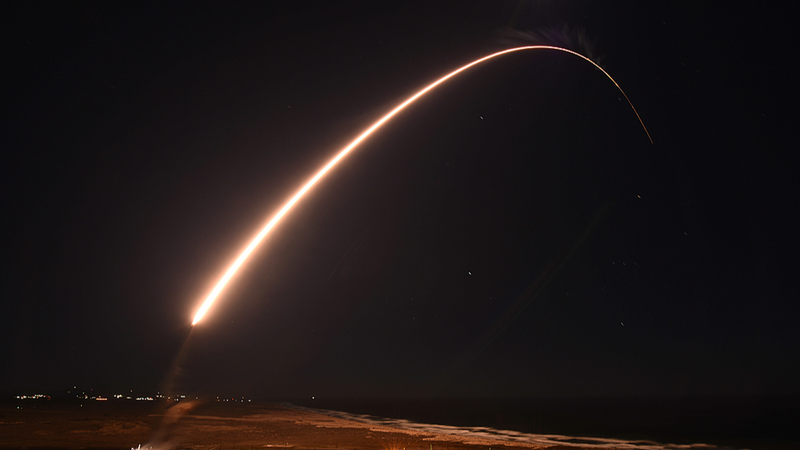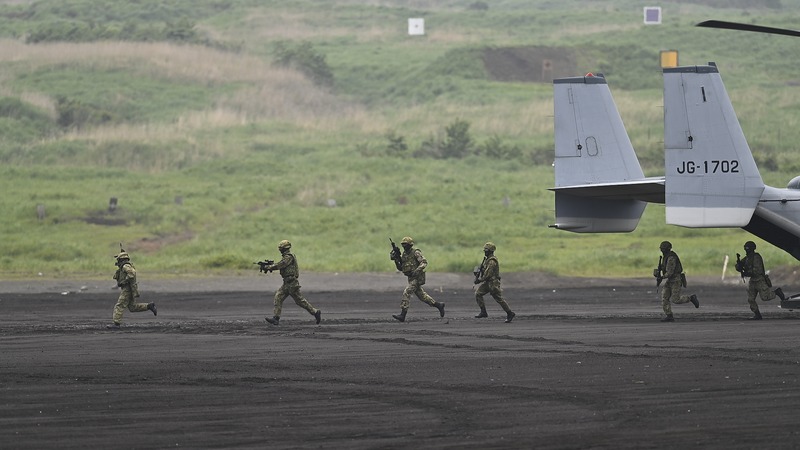In a routine strategic exercise early Wednesday, the U.S. Air Force successfully test-launched an unarmed Minuteman III intercontinental ballistic missile from Vandenberg Space Force Base in California. The exercise aims to assess the reliability and preparedness of America's land-based nuclear deterrent.
The unarmed missile's reentry vehicle traveled roughly 4,200 miles southwest before striking a designated target at the Ronald Reagan Ballistic Missile Defense Test Site on Kwajalein Atoll in the Republic of the Marshall Islands. Lieutenant Colonel Karrie Wray, commander of the 576th Flight Test Squadron, described the launch as "a comprehensive assessment to verify and validate the ICBM system's ability to perform its critical mission."
As of late 2024, the United States maintains about 400 deployed Minuteman III ICBMs in underground silos across its northern tier, underscoring the scope of its land-based nuclear forces.
The U.S. notified Russia in advance of the launch, and Kremlin spokesperson Dmitry Peskov confirmed the heads-up, noting that Russia will continue to honor its obligations under the Comprehensive Nuclear-Test-Ban Treaty (CTBT) until other signatories conduct their own tests.
Meanwhile, President Vladimir Putin said Moscow would be forced to respond proportionately if other states resumed nuclear tests. At a Russian Security Council meeting, he asked the Foreign and Defense Ministries to prepare proposals on potential countermeasures, while reaffirming Russia's track record of abiding by CTBT commitments.
On the same day, Putin awarded state decorations to the designers of the Burevestnik nuclear-powered cruise missile and the Poseidon unmanned underwater vehicle, calling both systems "historic" and vital to Russia's strategic balance for decades to come.
This latest exercise highlights the ongoing modernization drive in major nuclear powers. With global tensions simmering and treaty frameworks under strain, each test-fire and diplomatic exchange feeds into a larger debate over arms control, deterrence, and strategic stability in the 21st century.
Reference(s):
U.S. test-fires intercontinental missile, notifies Russia in advance
cgtn.com




